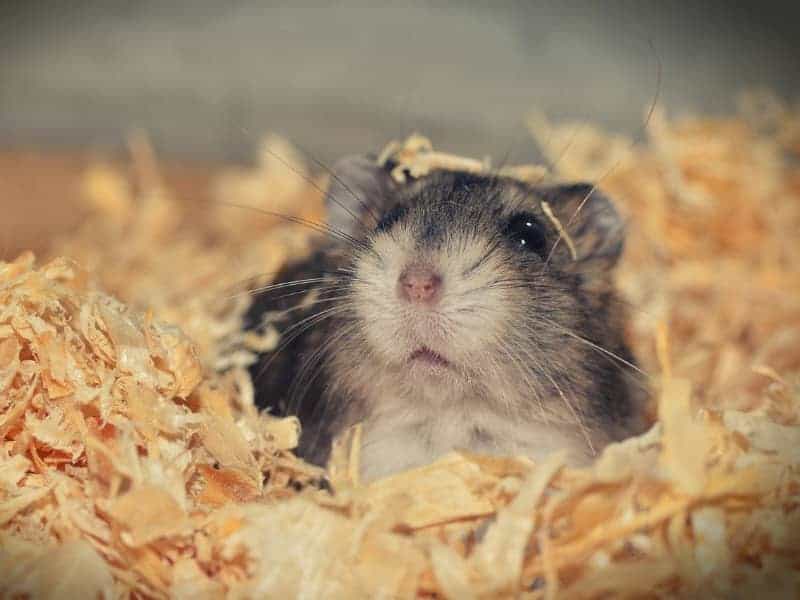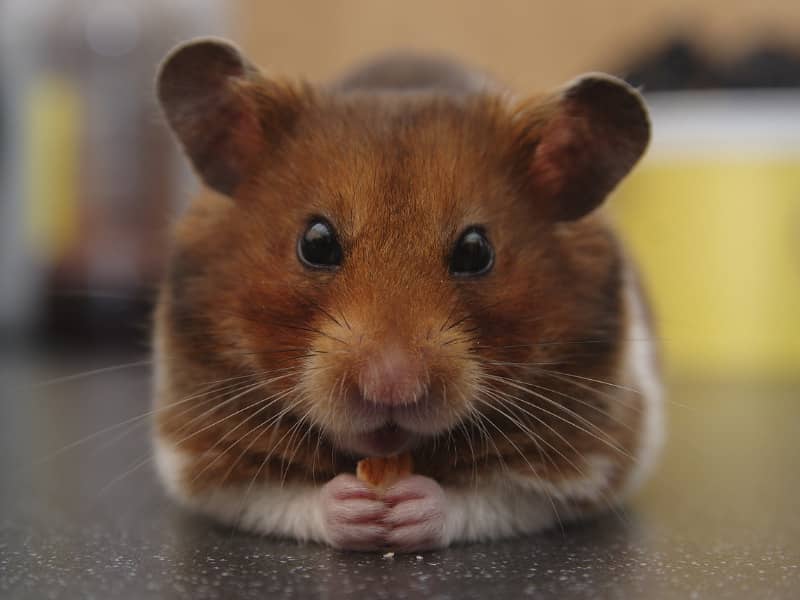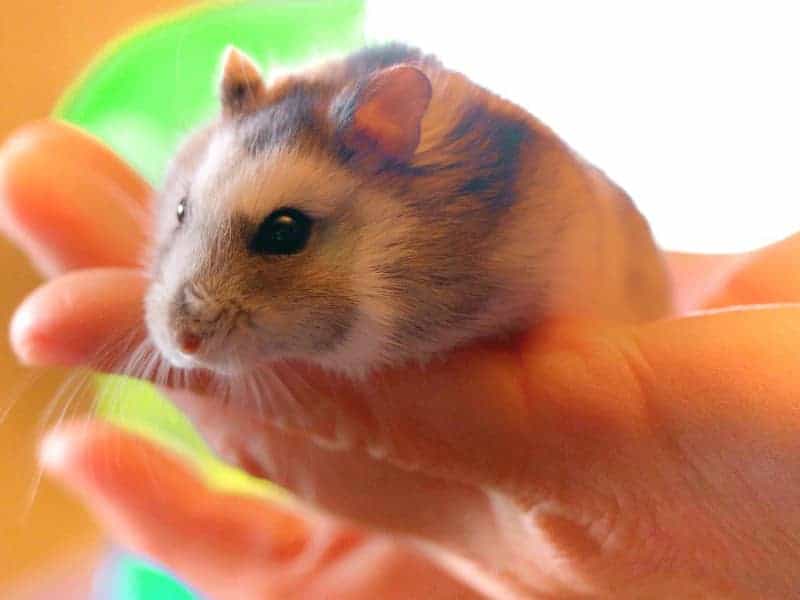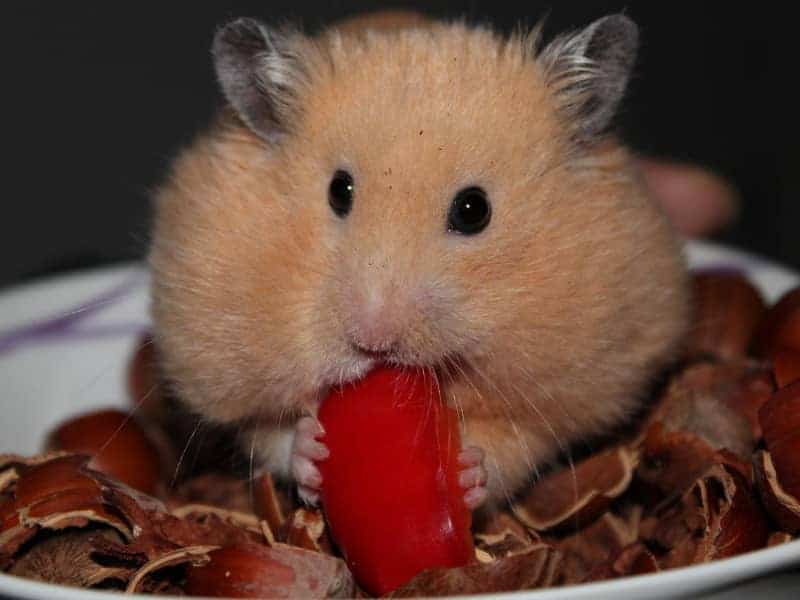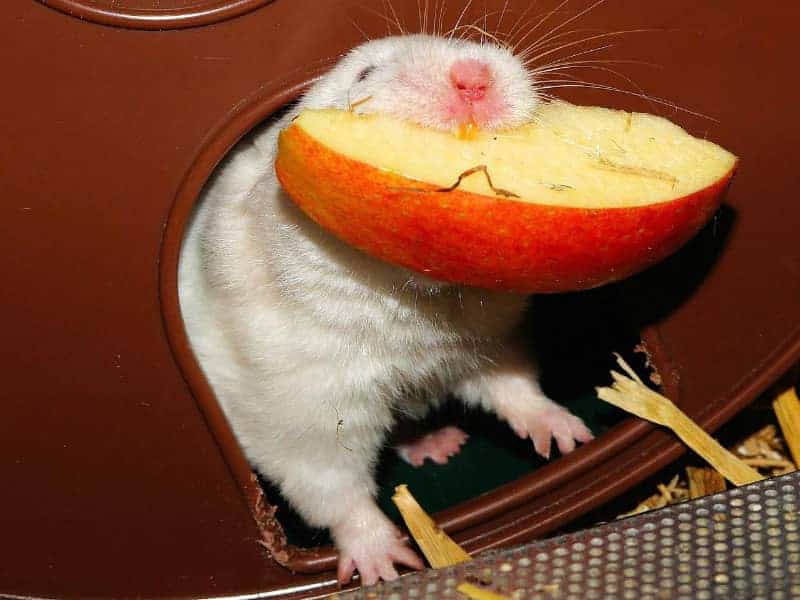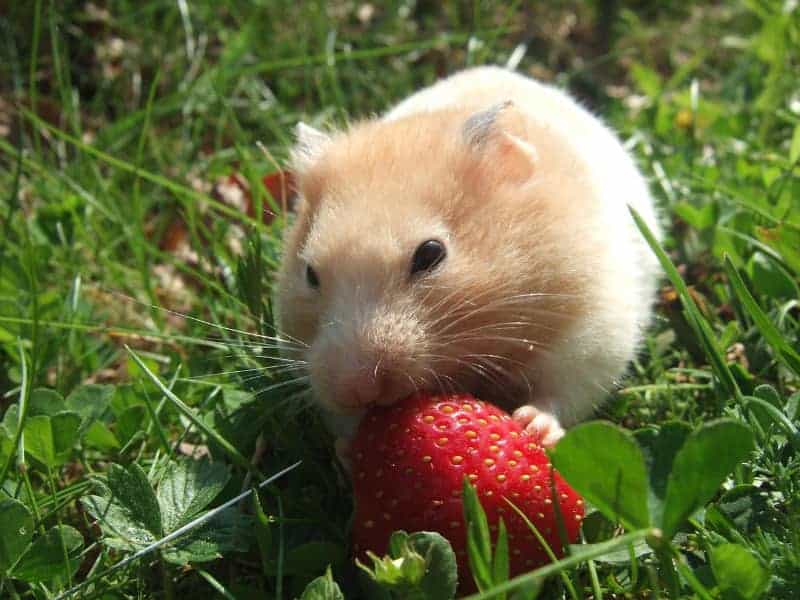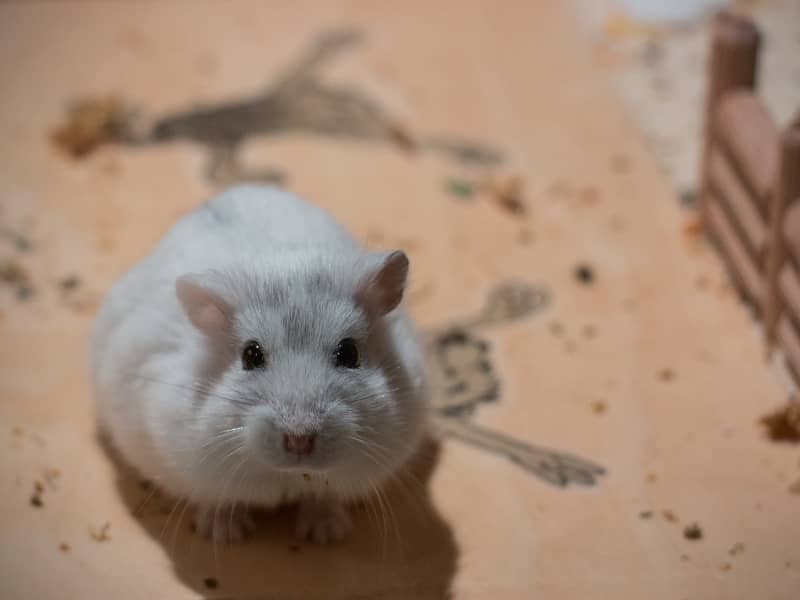
Hamster scent gland
The hamster scent gland is a fascinating organ that plays an important role in hamsters. It is not only responsible for communicating with other hamsters, but also for marking their territory. In this section you will learn more about the anatomical details of the scent gland in hamsters.
- Hamster scent gland
- Location and structure of the hamster scent gland
- Importance of the hamster scent gland in social behavior
- Health aspects of the hamster scent gland
- Care and observation of the hamster scent gland
- Conclusion: Hamster scent gland
- FAQ: Hamster scent gland
- Where is the scent gland located in hamsters?
- What is the main function of the scent gland?
- How do I recognize a diseased scent gland?
- Do I need to clean my hamster's scent gland?
- When should I take my hamster to the vet?
- Can the scent gland be removed?
- Does the scent gland play a role in mating behavior?
Location and structure of the hamster scent gland
The scent gland in hamsters is usually located on the animal's belly or flank. It looks like a small, hairless spot and is often difficult to recognize unless you look closely. The gland is covered by a thin layer of skin that protects it from external influences.
The scent gland consists of a collection of glandular cells that produce secretions. These secretions contain pheromones, which are essential for communication between hamsters. The gland is connected to the hamster's nervous system so that it can react to various stimuli.
Function of the scent gland
The scent gland in hamsters fulfills several functions that are of great importance for the animal's survival and social interaction. One of the main functions is the production of pheromones. These chemical messengers help the hamster to communicate with its conspecifics.
When a hamster marks its territory, it rubs its scent gland over the ground or other surfaces. The pheromones released then send a clear message to other hamsters in the area. These markings can contain information about the sex, social status or even the health of the marking hamster.
The scent gland is also involved in the regulation of mating behavior. During the mating season, female hamsters release pheromones that attract males. This is an important mechanism to ensure that reproduction is successful.
Importance of the hamster scent gland in social behavior
The scent gland plays a key role in the social life of a hamster. It is not only used for communication, but also influences the animal's behavior in its environment. In this section, we look at the various aspects that the scent gland has in a social context.
Marking the territory
Territory marking is very important for hamsters. They use their scent gland to set clear boundaries and to signal to other hamsters that a certain area is already occupied. To do this, the hamster rubs its scent gland in various places in the cage or in the wild.
The pheromones secreted are odorless to humans, but send a clear message to hamsters. They can recognize from the scent marks whether an area has been marked by a dominant or submissive hamster. This helps to avoid conflicts and ensures an orderly social structure within the hamster population.
Mating behavior
The scent gland is also of crucial importance in the mating behavior of hamsters. Female hamsters release special pheromones that attract males. These pheromones signal readiness to mate and ensure that males and females find each other at the right time.
Male hamsters also use their scent gland to attract females. They mark their territory with a special scent that arouses the females' curiosity and entices them to explore the male's territory. This is a clever mechanism that increases the likelihood of successful mating.
Health aspects of the hamster scent gland
The scent gland is not only important for social interaction and communication between hamsters, but is also an indicator of the animal's health. In this section, we look at the health aspects of the scent gland in hamsters.
Common diseases
Although the scent gland is generally a robust organ, it can also be susceptible to various diseases. One of the most common is inflammation of the scent gland, which can be caused by bacteria or fungi. Symptoms include redness, swelling and sometimes pus formation.
Another common problem is blockage of the scent gland. This can happen if the gland is not functioning properly or if the hamster does not have the opportunity to mark its territory. In such cases, the gland can become swollen and painful for the animal.
Symptoms and diagnosis
If you suspect that your hamster's scent gland is diseased, there are a few signs that you should look out for. These include behavioral changes such as increased licking of the gland, pulling of the belly or even aggressiveness.
However, a visit to the vet is essential for an accurate diagnosis. The vet will carefully examine the scent gland and may carry out further tests such as a biopsy or microscopic examination. This is the only way to determine the exact cause of the disease and initiate appropriate treatment.
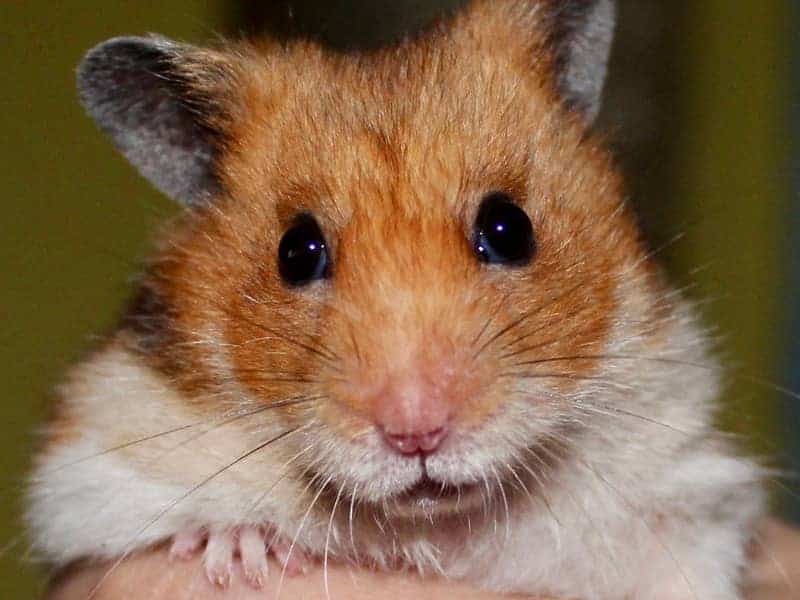
Care and observation of the hamster scent gland
Proper care and monitoring of the scent gland is crucial for your hamster's well-being. In this section you will find valuable tips and advice on how to ensure the health of your little friend's scent gland.
Cleaning and care
A hamster's scent gland is usually self-cleaning. This means that you do not normally need to clean it manually. However, it is important to keep the area around the scent gland clean and dry. Make sure that the cage is cleaned regularly and that there is no moisture near the gland.
If you notice that the scent gland looks blocked or inflamed, you should not try to clean or treat it yourself. In such cases, it is best to consult a vet who can make an accurate diagnosis and recommend a suitable treatment.
When is a visit to the vet necessary?
There are several signs that may indicate that a visit to the vet is necessary. These include visible changes in the scent gland such as redness, swelling or pus formation. Changes in your hamster's behavior, such as increased licking of the gland or visible pain, are also warning signs.
A veterinarian can examine the scent gland in detail and determine if treatment is necessary. In some cases, medication such as antibiotics or anti-inflammatories may be prescribed. In more serious cases, surgery may even be necessary to correct the problem.
Conclusion: Hamster scent gland
The scent gland is a remarkable and versatile organ that plays a central role in the life of a hamster. It is not only an important means of communication, but also an indicator of the animal's health. Through proper care and observation, you can help ensure that your hamster leads a healthy and happy life.
Whether it's about the anatomy of the scent gland, its importance in social behavior, health aspects or proper care, it's important to be well informed. This is the only way to ensure that your hamster receives the best possible care and that its well-being is guaranteed.
FAQ: Hamster scent gland
Where is the scent gland located in hamsters?
The scent gland in hamsters is usually found on the animal's belly or flank. It looks like a small, hairless spot.
What is the main function of the scent gland?
The main function of the scent gland is the production of pheromones, which are important for communication between hamsters and the marking of territory.
How do I recognize a diseased scent gland?
Signs of a diseased scent gland can include redness, swelling, pus formation or behavioral changes such as increased licking of the gland.
Do I need to clean my hamster's scent gland?
No, the scent gland is usually self-cleaning. However, it is important to keep the area around the gland clean and dry.
When should I take my hamster to the vet?
If you notice changes in the scent gland or in your hamster's behavior that indicate a possible illness, a visit to the vet is advisable.
Can the scent gland be removed?
Removal of the scent gland is only recommended in extreme cases and after consultation with a vet. An attempt is usually made to treat the problem with medication.
Does the scent gland play a role in mating behavior?
Yes, the scent gland is of crucial importance in the mating behavior of hamsters. It helps to bring males and females together at the right time.
Author

-
Garden animal - A life with nature
Welcome to my animal blog! My name is Dirk and I am happy to take you on my journey through the fascinating world of animals and gardening.
Born 54 years ago, I have had an insatiable curiosity for the animal world around me since childhood. Although I have moved professionally in other industries, my true passion has always been animals and nature. It is remarkable how a small garden has become such an important part of my life.
Many of my fondest memories are associated with the animals that share our home. Whether it's the curious squirrels that scurry across the trees in the morning, the colorful variety of birds that visit our feeders, or the busy bees and butterflies that pollinate our flowers, every moment with them is invaluable to me.
This blog is my contribution to share my experiences, discoveries and insights with like-minded people. Here I will share stories of unforgettable encounters with animals, give tips on gardening and creating wildlife-friendly habitats, and take you on my journeys through nature.
Thank you so much for being here!
Cordial,
Dirk aka garden animal
Last posts
- 27. February 2024PetsVeganes Hundefutter – Grün und Gesund?
- 18. January 2024ChickensOregano für Hühner
- November 27, 2023HamsterDiurnal hamsters
- November 24, 2023HamsterHamster hammock

